
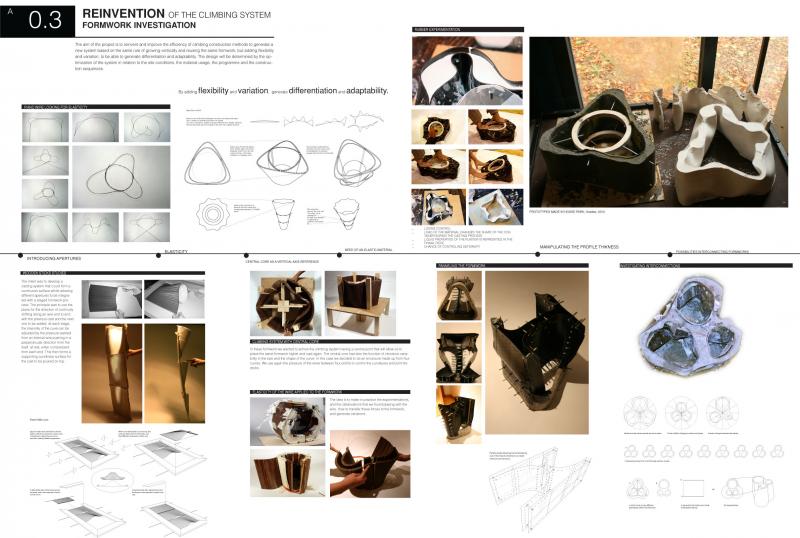
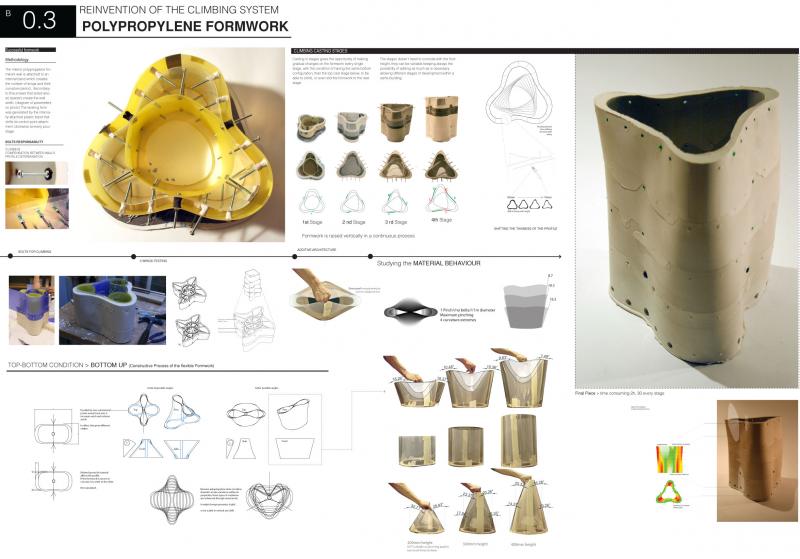
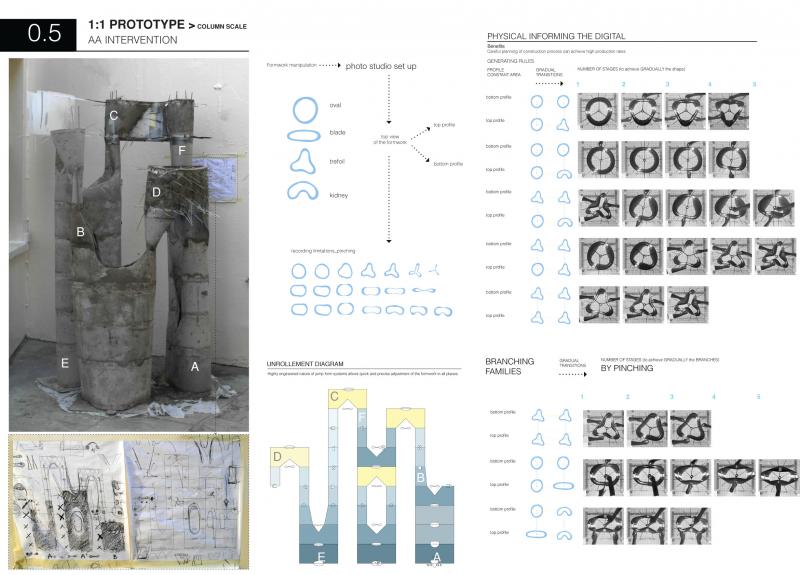
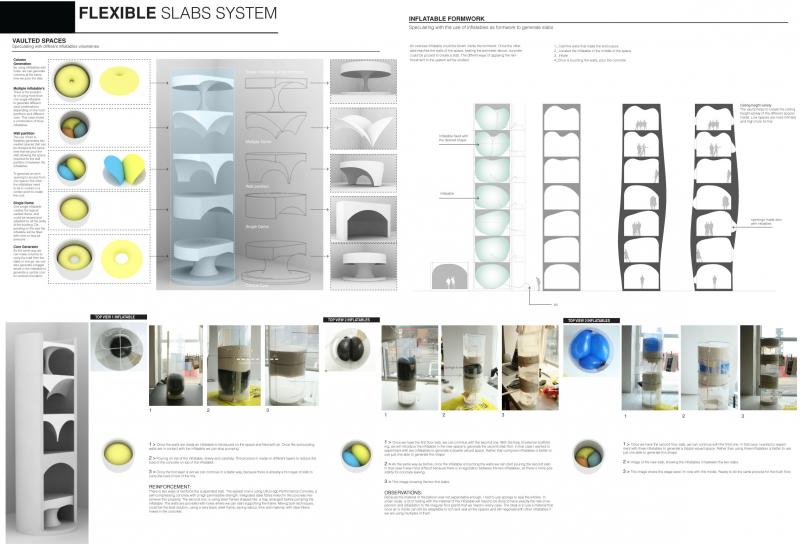
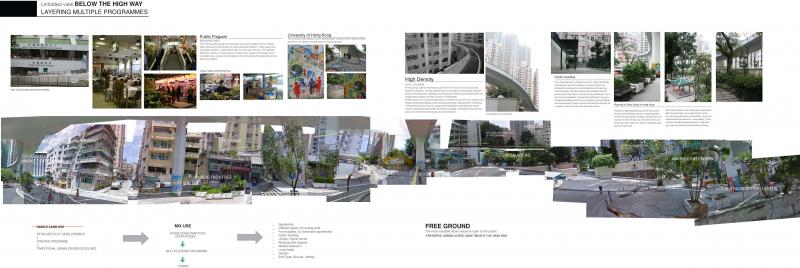
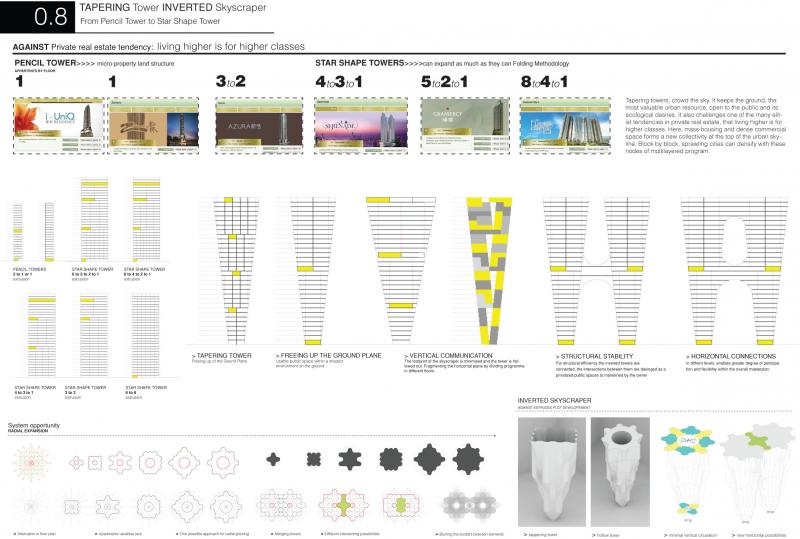
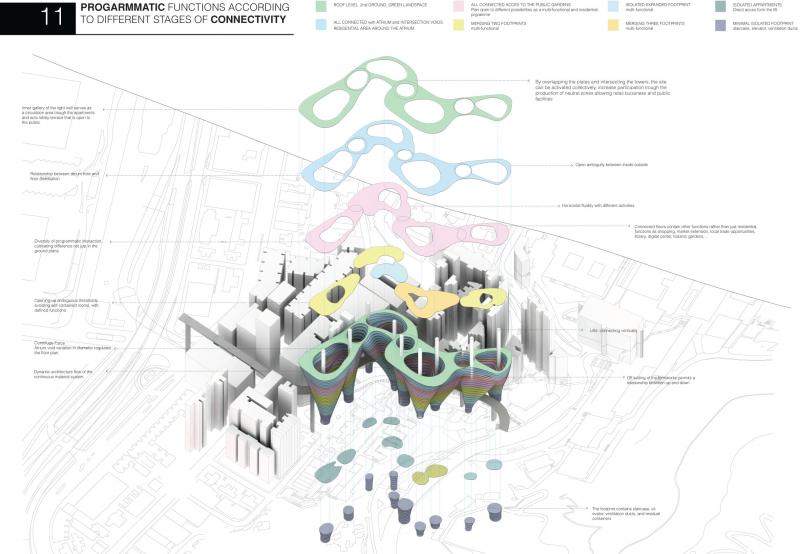
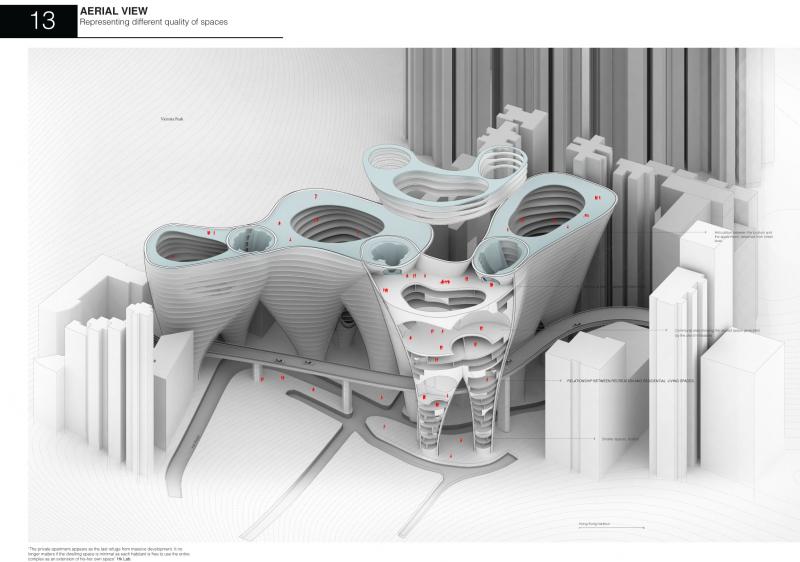
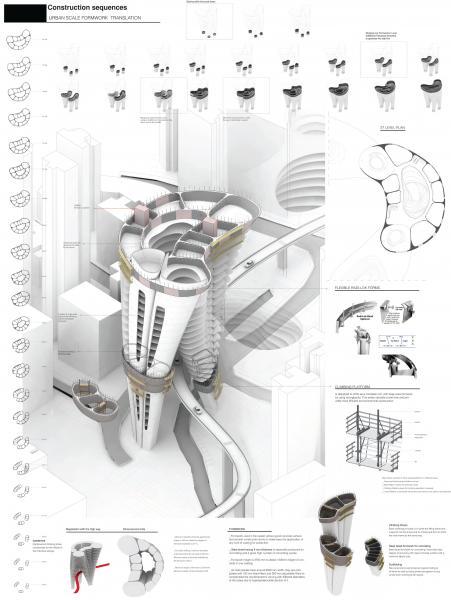
Urban dwelling densities have profound implications on housing construction process, and urban operational needs. This direction towards high "occupancy density" leads to high performance architecture, with the critical application of innovative design tools and fabrication methods to challenge the overpopulation that cities face these days.
The aim of the project is to reinvent and improve the efficiency of climbing construction methods to generate a new system based on the same rule of growing vertically and reusing the same formwork, but adding flexibility and variation, to be able to generate differentiation and adaptability. The design will be determined by the optimization of the system in relation to the site conditions, the material usage, the programme and the construction sequences.
The ambition of the projects is to make an strategic use of new technologies, and constructive methods, with the invention of a new flexible climbing system to challenge housing in high density contexts, enforcing difference and freedom, using the construction method to invert the skyscraper massing reducing the foot print, using the maximum space available in height. Dealing with existing fabric and terrain conditions, and make way for a multi-layered urban plan programme, that enables different stages of development, and different initiatives to insert and adapt to the urban fabric in different scales. Creating a multiple clustered volumes that opposing the isolation that these complexes are subject to, and avoiding the fortress of the ground level podium, the building is open to the public, both the resident and the visitor. Encouraging partnership between both private and public bodies within the residential programme enriched with a wide variety of commercial uses, and public facilities.
On a building level, the attached, compact dwelling configuration typical from public housing in Hong Kong that leads to low per capita energy and material use associated with housing construction will be encouraged and challenged with the system to create a more physical/spatial and human condition.